Are you curious about how much money YouTubers actually make? With billions of hours of video watched daily, YouTube has become a lucrative platform for content creators. Becoming a YouTuber is an increasingly attractive career path, but understanding the earning potential is crucial.
This guide breaks down how much YouTubers make based on channel size, views, and monetization strategies. We’ll explore the various factors influencing YouTube income and provide insights into how creators turn their passion into profit. If you’re wondering “How Much Money Does A Youtuber Make?” keep reading to get a comprehensive overview.
How Much Do YouTubers Make Based on Channel Size?
Subscriber count is often seen as a measure of YouTube success, and while it doesn’t directly translate to income, it’s a significant factor in a creator’s earning potential. A larger subscriber base typically leads to more video views, which in turn increases ad revenue, sponsorship opportunities, and affiliate marketing success.
YouTube’s recommendation algorithm tends to favor larger channels, further amplifying their reach. While niche, audience engagement, and monetization methods all play vital roles in determining earnings, we can examine potential income levels based on channel size:
Beginner YouTubers: 1,000+ Subscribers
Beginner YouTubers with over 1,000 subscribers typically earn between $30 and $300 per month. Reaching this milestone is a significant first step, as it unlocks eligibility for the YouTube Partner Program and the ability to monetize content.
Achieving 1,000 subscribers is not a small feat. Only a small percentage of YouTube channels reach this level, meaning you’ve already outperformed a large majority of creators. At this stage, AdSense revenue will likely be your primary income source, and while sponsorships may be scarce, they are not entirely out of reach.
Mid-Range YouTubers: 100,000+ Subscribers
Mid-range YouTubers with over 100,000 subscribers can expect to earn between $500 to $1,500 per month, with some reaching $5,000 or more. Entering the six-figure subscriber club puts you in the realm of professional YouTubers. Only a tiny fraction of YouTube channels reach this level, and many creators at this stage consider full-time content creation.
Brand deals, paid collaborations, and sponsorships become more frequent as your channel grows. It’s likely that at least one of your videos has achieved viral status, significantly boosting your visibility. Earnings in this bracket vary widely depending on niche, video views, and the diversification of income streams.
Famous YouTubers: 1 Million+ Subscribers
The highest-paid YouTubers all boast subscriber counts exceeding 1 million. At this level, monthly AdSense revenue alone can range from $10,000 to $100,000. Individual videos can generate anywhere from $20,000 to $50,000 through sponsorships, brand deals, merchandise sales, and product promotions. Annual revenues for these creators are typically in the millions of dollars.
Top-tier creators with over a million subscribers often expand their presence beyond YouTube, developing into brands in their own right. Their substantial earnings often support teams of editors, writers, marketers, and other professionals who contribute to brand maintenance and growth.
YouTube Stars: 50 Million+ Subscribers
For YouTubers with over 50 million subscribers, earnings reach astronomical figures, with annual incomes in the tens of millions of dollars. Only a select few YouTubers globally have achieved this level of stardom. They are the platform’s elite, akin to mainstream celebrities.
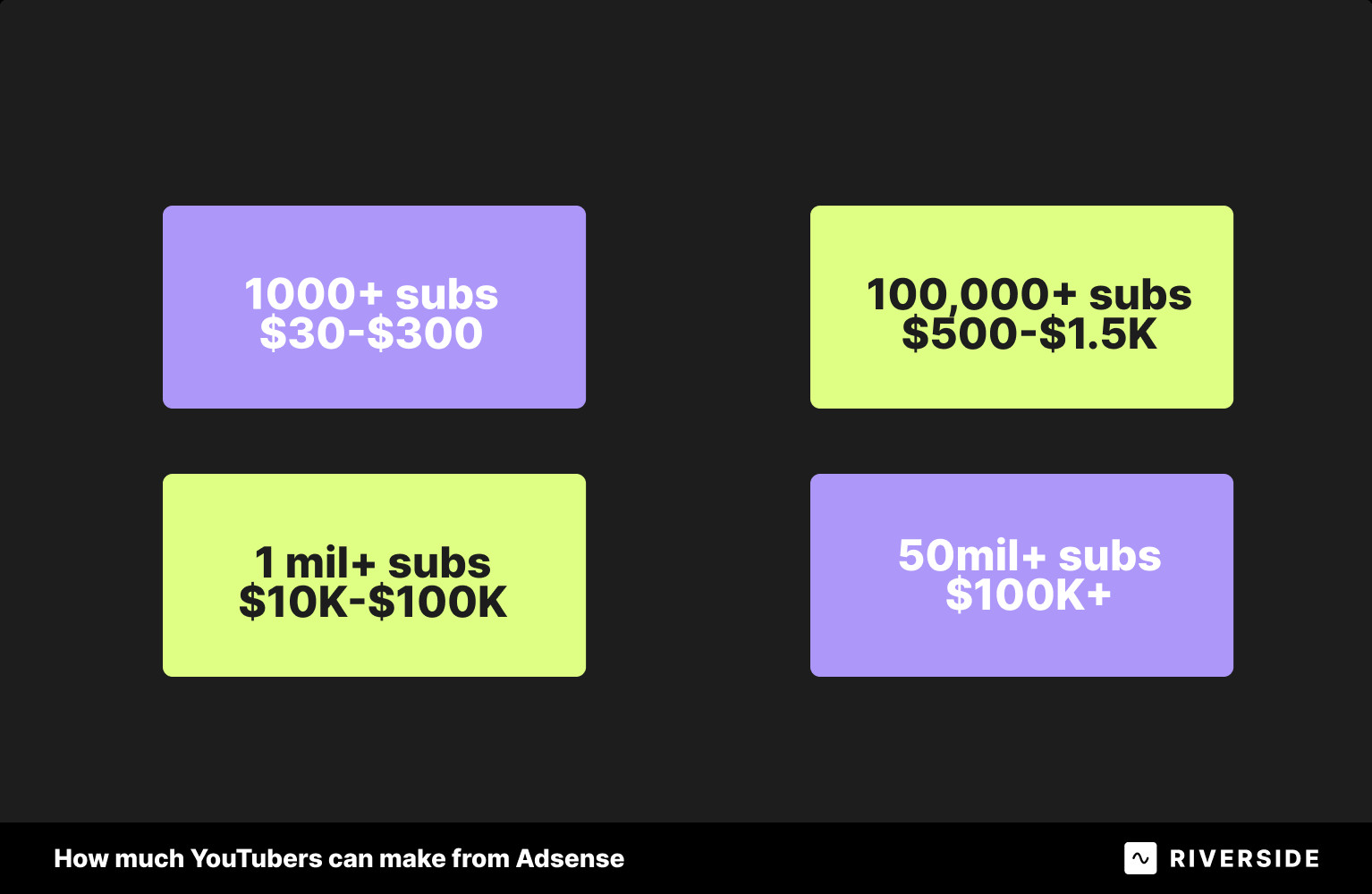 How much YouTubers make from Adsense
How much YouTubers make from Adsense
YouTube Monetization: Key Requirements to Start Earning
The primary way YouTubers generate income is through the YouTube Partner Program (YPP), which utilizes AdSense. This program enables creators who meet specific criteria to get paid for ads displayed on their videos.
To become a YouTube Partner and qualify for monetization, you need to meet these requirements:
- Accumulate at least 1,000 subscribers within the past year AND 4,000 valid public watch hours in the past 12 months (excluding Shorts) OR achieve 10 million valid public YouTube Shorts views in the last 90 days.
- Agree to and comply with YouTube’s Partner Program terms.
- Maintain a clean record with no active Community Guidelines strikes on your channel.
- Have a linked and approved Google AdSense account.
- Successfully pass the YouTube channel review process.
A YouTuber’s AdSense earnings are fundamentally linked to video views. However, the monetary value of each view isn’t immediately apparent. Let’s delve deeper into how views translate into revenue.
CPC, CPM, and RPM: Decoding YouTube Ad Revenue
YouTube’s ad revenue sharing model gives partners 55% of ad earnings. Here’s a breakdown of key advertising metrics:
- Cost Per Click (CPC): Advertisers using the CPC model pay only when a viewer clicks on their ad.
- Cost Per Mille (CPM): Advertisers using the CPM model pay for every 1,000 ad impressions. An ad impression is counted when a viewer watches an ad for at least 30 seconds (or the entire duration if it’s shorter than 30 seconds).
Both CPC and CPM are used to calculate Revenue Per Mille (RPM). RPM represents the actual amount of money a YouTuber earns per 1,000 views after YouTube takes its share of the revenue.
Example Calculation:
Imagine a YouTube video that gets 5,000 views:
- Half of the views result in ad impressions with a CPM of $10.
- 100 viewers click on ads with a CPC of $0.5.
Earnings Breakdown:
- CPM Earnings: 2,500 impressions x ($10 / 1,000) = $25
- CPC Earnings: 100 clicks x $0.5 = $50
Total Gross Earnings: $25 + $50 = $75
YouTuber’s Net Earnings (after YouTube’s 45% cut): $75 x 0.55 = $41.25
RPM Calculation: $41.25 / 5 = $8.25 per 1,000 views
In this example, the YouTuber earns $8.25 for every 1,000 views. At 5,000 views per day, this translates to approximately $1,238 per month. Whether this is a substantial income depends on the creator’s effort and financial goals.
Factors Influencing YouTube Monetization: Beyond Views
While views are crucial for YouTube earnings, several other factors significantly affect a YouTuber’s income.
Video Length
Longer videos provide more opportunities for ad placement, thereby increasing potential ad revenue. Pre-roll ads (before the video) and mid-roll ads (during the video) generally have higher payout rates compared to post-roll ads (at the end).
However, video length also impacts viewer engagement. Longer videos can hold viewer attention and increase watch time, but shorter videos might attract new viewers and grow subscriber numbers faster. Creators must strategically balance video length based on content type and audience preferences.
Content Type
Certain content niches are more conducive to long-term monetization. “Evergreen” tutorials, like “How to Replace a Faucet,” can attract consistent views over years, generating stable ad revenue. Evergreen content generally results in higher watch times, positively impacting ad impressions and overall earnings.
On the other hand, podcasts and live streams, particularly those focused on trending events, can generate short-term revenue spikes and boost social media presence. While they can drive subscriptions, their viewership typically declines quickly after the event’s peak.
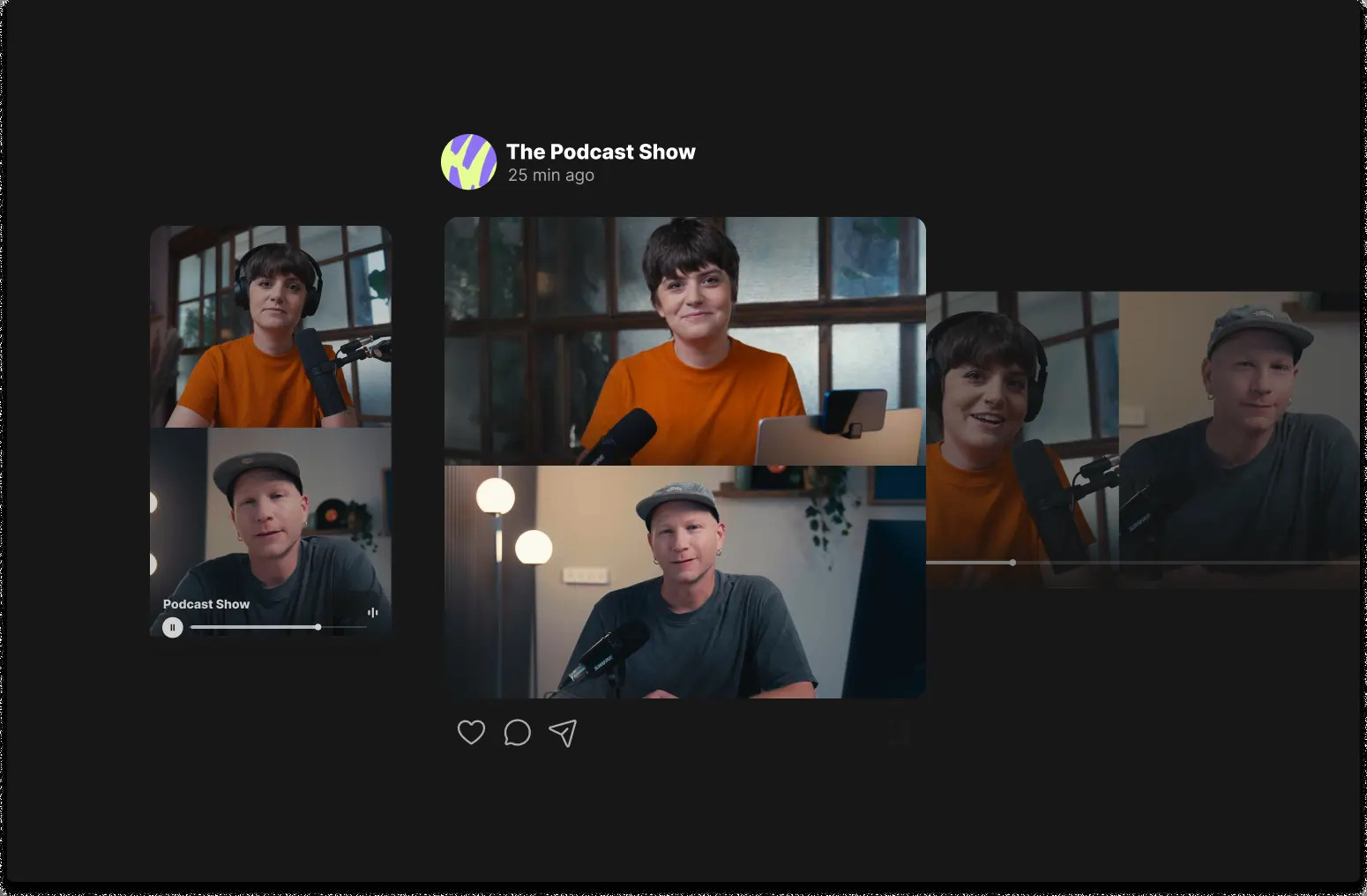 Different tyo
Different tyo
Niche and Demographics
Some niches, such as technology and personal finance, typically attract higher advertising rates, leading to better CPC and CPM values. Conversely, niches like cooking, travel, or humor often have lower RPMs.
Audience demographics also play a crucial role. For instance, gaming content often attracts younger audiences who may be less inclined to make purchases or watch ads fully.
Geographic Location
Advertisers are willing to pay more to reach audiences in high-spending regions like North America and Europe. However, market size is also important. Countries with larger YouTube user bases offer greater overall viewership potential.
The U.S. market, with a large population of high-spending users, is highly desirable for advertisers. However, markets like India, with a massive user base, should not be overlooked. Many successful YouTubers utilize subtitles in multiple languages to broaden their content’s accessibility and reach a global audience. Tools like Riverside can automatically generate captions and subtitles in over 100 languages, simplifying the process of global content localization.
Diversifying YouTuber Income: Beyond AdSense
Full-time YouTubers often diversify their income sources beyond YouTube ads. Ad revenue is just one piece of the financial pie. Many creators derive substantial income from various avenues, including:
Affiliate Marketing
Affiliate marketing is a popular monetization strategy for YouTubers. Creators promote products relevant to their audience within their videos, including affiliate links in video descriptions. They earn a commission, typically ranging from 5% to 50%, for every sale generated through their links. This feature is generally available for channels with at least 15,000 subscribers.
While official data on affiliate marketing earnings is limited, many creators report significant income from affiliate partnerships, even with smaller channels.
Merchandise Sales
YouTubers who have cultivated strong audience connections often sell branded merchandise. This can range from general items like mugs, t-shirts, and plush toys featuring logos or catchphrases to specialized product lines.
For example, Kimono Mom, a popular Japanese YouTuber, sells her own line of umami sauce and kitchenware, leveraging her culinary content to drive product sales.
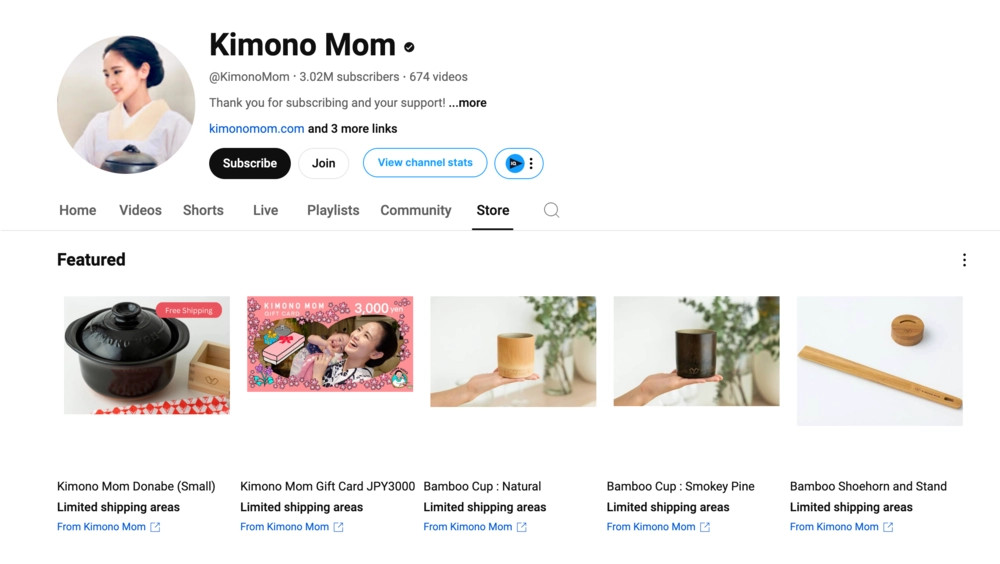 Kimono Mom making money from her YouTube merchandise
Kimono Mom making money from her YouTube merchandise
Channel Memberships and Crowdfunding
YouTube Channel Memberships allow viewers to support creators directly through recurring monthly payments in exchange for exclusive perks like animated badges, priority chat in live streams, and early video access. YouTube takes a 30% cut of membership fees.
Creators also utilize platforms like Patreon for crowdfunding, receiving tips, donations, and subscriptions from fans. Patreon allows for deeper fan engagement and often provides exclusive content as a reward for member loyalty. Gaming YouTuber Josh Strife Hayes acknowledges his Patreon supporters by listing their names at the end of his videos.
Digital Products and Services
Some YouTubers use their channels as a platform to market broader business ventures. They create videos showcasing their expertise in a specific field, using YouTube to promote consulting, coaching, or other services.
Neil Patel, a renowned digital marketing expert, uses his YouTube channel to share SEO tips and digital business advice, effectively marketing his digital marketing agency to his 1.29 million subscribers.
Brand Sponsorships
Brand sponsorships are a lucrative income stream for popular YouTubers. Influential creators secure brand deals to promote products or services through various methods, from product placements within videos to comprehensive partnership campaigns.
Highly influential YouTubers may also be contracted for brand campaigns across multiple social media platforms or invited to speak at industry events. Sponsorship payments vary widely based on the creator’s influence, niche, and the scope of the collaboration. Riverside, for example, partnered with Premiere Gal, a well-known video editing tutorial YouTuber, for sponsored content.
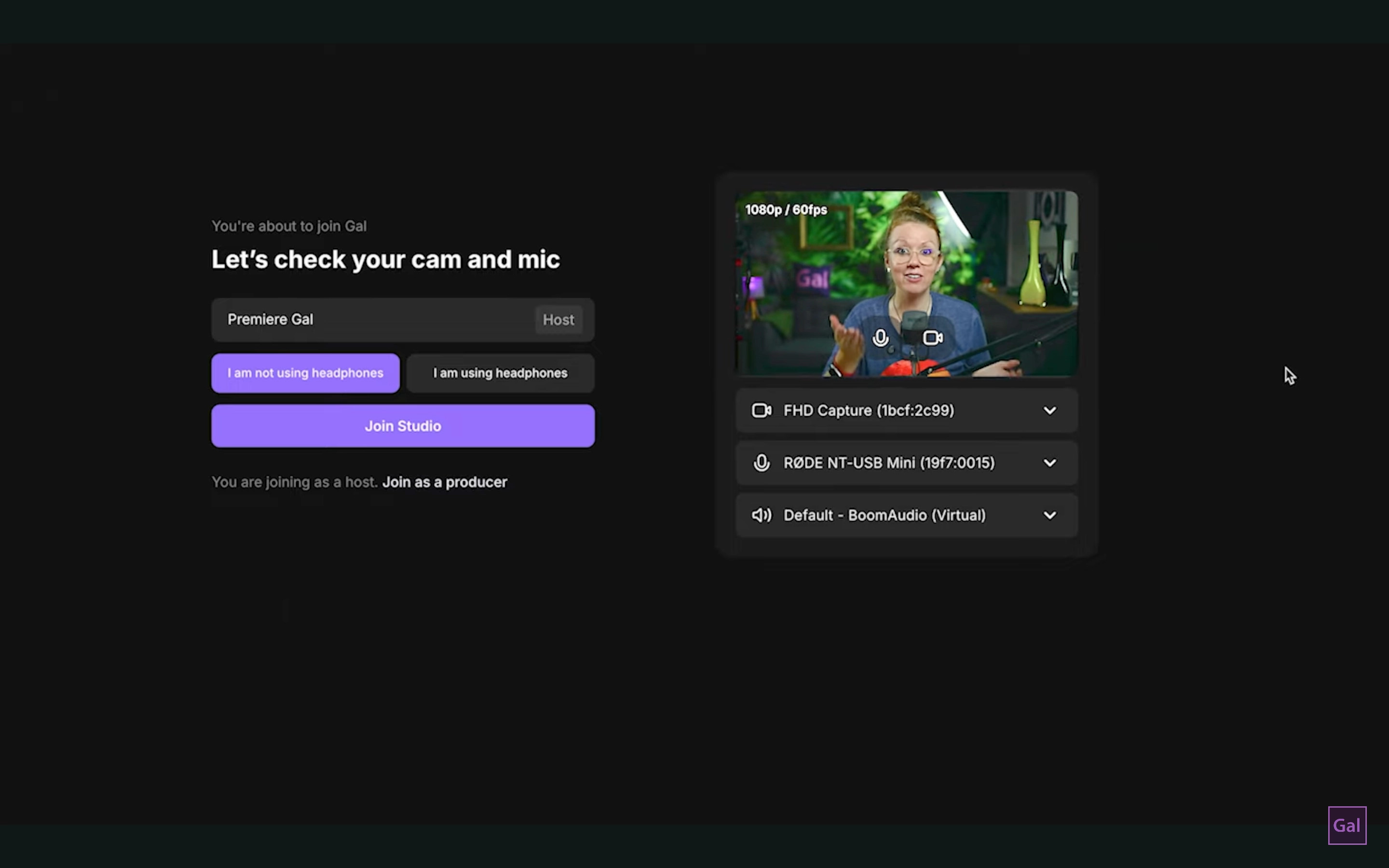 Premiere Gal promoting Riverside
Premiere Gal promoting Riverside
Top Earning YouTubers: Setting the Bar High in 2024
To understand the upper limits of YouTube earnings, let’s look at some of the highest-paid YouTube stars in 2024. The following annual income figures are estimates based on publicly available data.
.png)
MrBeast
Channel: @MrBeast
Subscribers: 314 Million
Content: Challenges, Philanthropy
Estimated Annual Income: ~$700 Million
 Mr Beast Subscribers
Mr Beast Subscribers
Jimmy Donaldson, known as MrBeast, is YouTube’s undisputed top earner. As the first creator to surpass 300 million subscribers, his estimated $700 million annual income is astounding. His channel is famous for extravagant giveaways and elaborate challenges. He also has a massive TikTok presence with over 100 million followers.
Jeffree Star
Channel: @jeffreestar
Subscribers: 15.8 Million
Content: Makeup, Beauty, Vlog
Estimated Annual Income: ~$200 Million
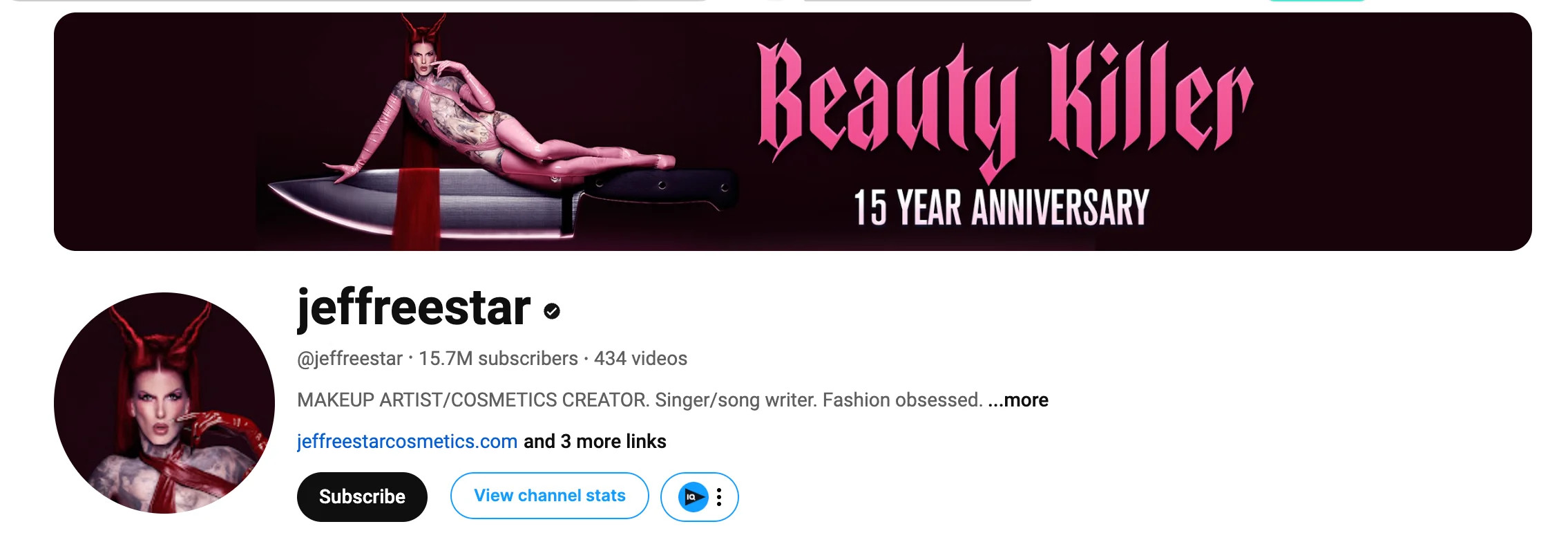 Jeffree Star subscribers
Jeffree Star subscribers
Despite a smaller subscriber count compared to others, Jeffree Star is a top-earning YouTuber. A multifaceted personality as a singer, model, and makeup artist, his primary income source is Jeffree Star Cosmetics, his company founded in 2014. His cosmetics empire generates around $100 million in annual revenue.
Like Nastya
Channel: @LikeNastyaofficial
Subscribers: 120 Million
Content: Kids Content, Toy Reviews, Edutainment
Estimated Annual Income: ~$106 Million
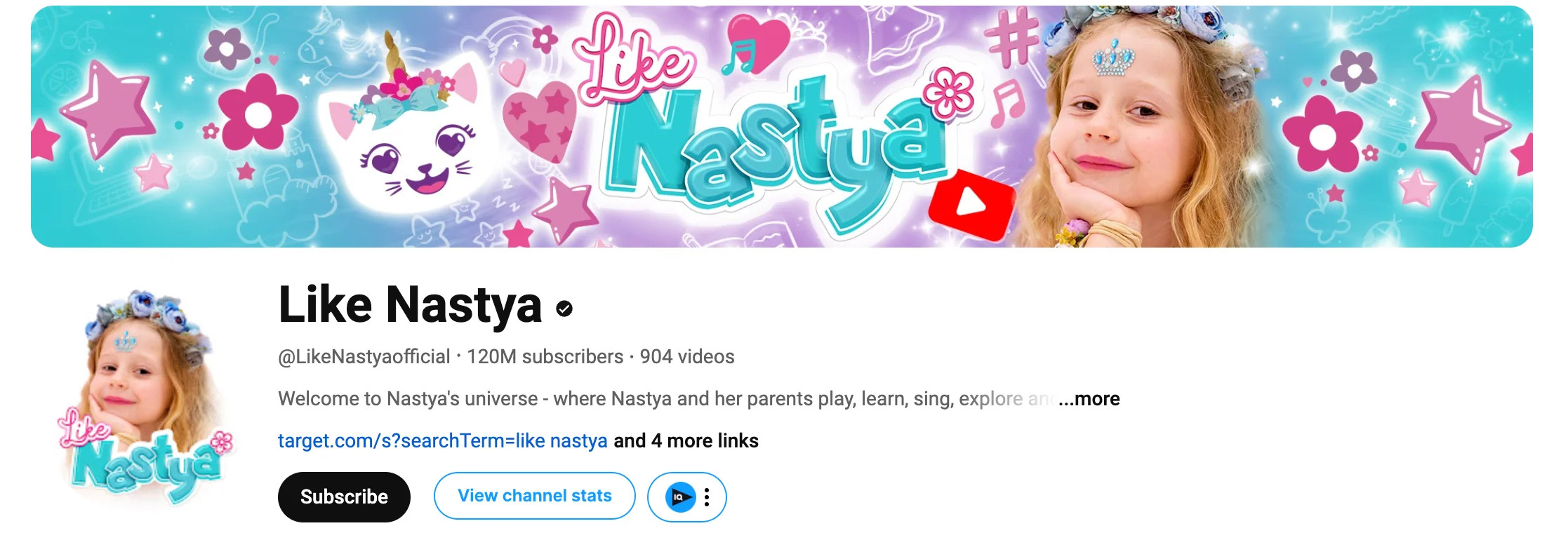 Like Nastya subscribers
Like Nastya subscribers
Anastasia Sergeyevna Radzinskaya, known as Like Nastya, is one of the highest-earning and youngest YouTube stars. Her channel, aimed at children and families, features simple, fun, and educational content like songs, play clips, and toy unboxings.
FAQs About YouTuber Earnings
Who is the highest-paid YouTuber?
As of 2024, MrBeast (Jimmy Donaldson) is the highest-paid YouTuber, with an estimated annual income of $700 million. His videos consistently achieve around 100 million views, generating substantial ad revenue.
Can YouTubers make money through memberships or Patreon?
Yes, YouTube offers Channel Memberships, allowing fans to support creators with monthly subscriptions for exclusive content. YouTubers can also use platforms like Patreon to receive memberships and donations.
What is YouTube Premium and how does it affect earnings?
YouTube Premium is a subscription service for ad-free viewing. Creators still earn revenue from Premium viewers based on watch time, ensuring they are not penalized for viewers using Premium.
Do YouTubers earn differently from Shorts compared to regular videos?
Yes, YouTube Shorts monetization differs from regular videos. Shorts utilize a dedicated fund from ads shown between Shorts, distributed to creators based on views, unlike the direct ad revenue model for longer videos.
How much does a YouTuber with 1 million subscribers make?
While highly variable, a YouTuber with 1 million subscribers could potentially earn between $40,000 to $500,000+ annually. Earnings depend on video frequency, engagement, niche, and diverse income streams beyond AdSense.
How many YouTube subscribers do you need to make $2,000 a month?
Roughly 400,000 to 800,000 monthly views could generate $2,000 in ad revenue. However, income can reach $2,000 per month with fewer subscribers through brand deals and affiliate marketing. Channels with even 15,000 to 20,000 subscribers can achieve this income level with successful brand partnerships.
Is being a YouTuber a high-paying job?
Top YouTubers can earn millions, but the vast majority earn very little or no income. Only a small percentage of YouTubers achieve significant earnings, making it a highly competitive field where substantial financial success is reserved for a select few.
Never miss another article
Highly curated content, case studies, Riverside updates, and more.